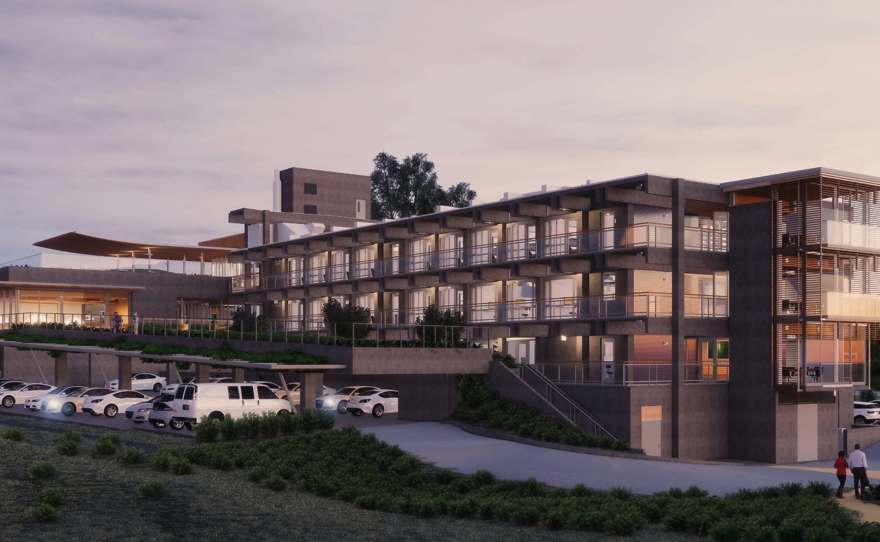The Scripps Institution of Oceanography landed a major naming grant to help finish building the Ted and Jean Scripps Marine Conservation and Technology Building.
Officials say the structure will be the northern gateway to the Scripps campus when it opens next year.
A $6 million gift from the Scripps family will help fund completion of the 24,000-square-foot structure.
“The Scripps family shares UC San Diego’s commitment to understanding and protecting our planet,” said UC San Diego Chancellor Pradeep Khosla. “Their longstanding vision to support global research and education concerning the effects of climate change on biodiversity aligns perfectly with the innovative work that will take place in this new facility.”
RELATED: New Scripps Research Vessel To Arrive Friday
The facility will house classrooms, labs and a basement devoted almost entirely to a saltwater research aquarium.
That facility will help explore the marriage between conservation and technology and the saltwater lab will help on a number of fronts.
“Helping us address conservation problems like sustainable fisheries, like resilience for corals, like understanding the biodiversity of the ocean,” said Margaret Leinen, vice chancellor for marine science at UC San Diego.
The facility also includes a new visualization center that’ll allow researchers to look at data in news ways which could help spur innovation.
RELATED: San Diego Researchers Help Find Long Lost Military Crash Site
“And as excited as we are about the research, we know public engagement will be equally important. We are thrilled this building will give us the space to invite our community in to learn about science and solutions firsthand,” said Stuart Sandin, marine ecologist and director of the Center for Marine Biodiversity and Conservation.






